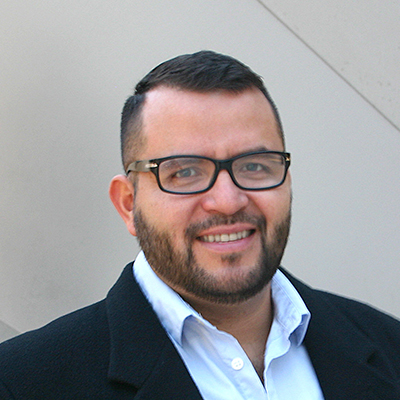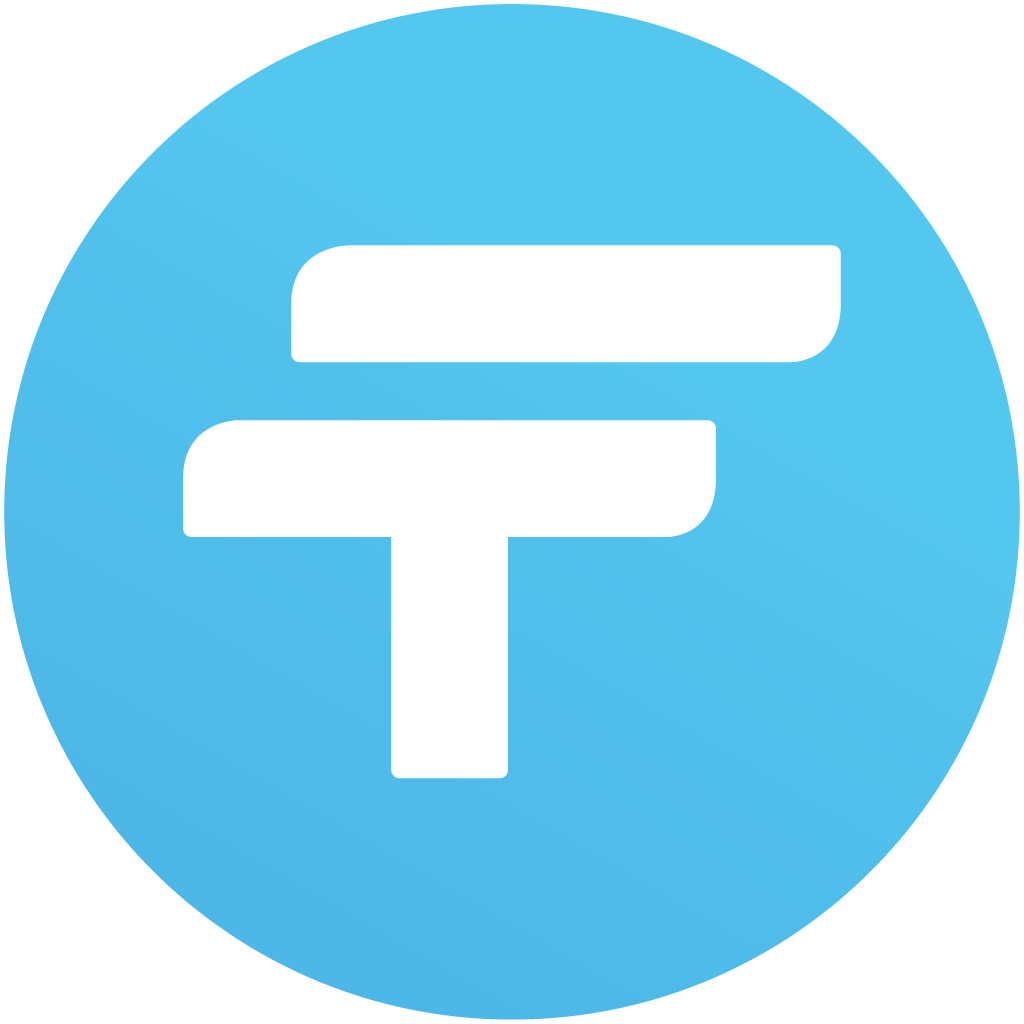Process
UX Process

This is the part where I actively engage my analytical, critical and creative mindsets.
Research
I do not use a specific research method on all of my projects. I strongly believe that every project comes with its own level of complexities—and it’s up to me and the team to determine which activities to conduct and which deliverables to produce in any given situation.
User research has to come first in my UX design process because without it my work can only be based on my own experiences and assumptions, which are neither objective nor from my target customers.
Analysis
Effective user experience starts with a good understanding of the users. Not only do I want to know who they are, but I want to dive deeper into understanding their motivations, mentality, and behavior. This deep insight into the users helps me keep the product focused on delivering a great experience.
Once I have completed some basic research observations, I create a flow diagram of the observed tasks. Basic task analysis only describes how users currently solve their problem, now, not how they could solve it and that’s where I come in; the real task in the analysis step is to optimize a way for the user to do the task at hand.
Prototype, test & iterate
I prototype in physical paper, Sketch, Photoshop, and Illustrator for static prototypes. I also prototype interactive interface solutions in either html/css or InVision. I test these design solutions with internal teams, users and stakeholders to find out what works, and what needs to change. I iterate this process until it’s time to finalize the design interaction.
In this stage of the process, I sort of work as a translator who speaks the different languages of developers, engineers, stakeholders and customers to ensure that everyone understands each other.
Design
I design elegant interface solutions and interactions with tools like Sketch, Photoshop, InVision, and HTML/CSS/JS. This lets the team easily distribute and observe exactly how well the product will be received before the product gets built.
I believe good design should anticipate, engage and delight users for the right reasons, and be invisible at all other times.
Other steps in my
creative process
Discovery
Understand customers and their needs.
Design
Brainstorm and determine best solutions based on feedback.
Definition
Document customer interaction specifications and create detailed requirements.
Development
Build the infrastructure to develop and deliver the experience.
Deployment
Document and fix reported problems as soon as possible.
Iteration
It brings out user feedback to ensure that system requirements meet user needs.
